How do America’s nuclear submarines get resupplied at sea?
- By Alex Hollings
Share This Article
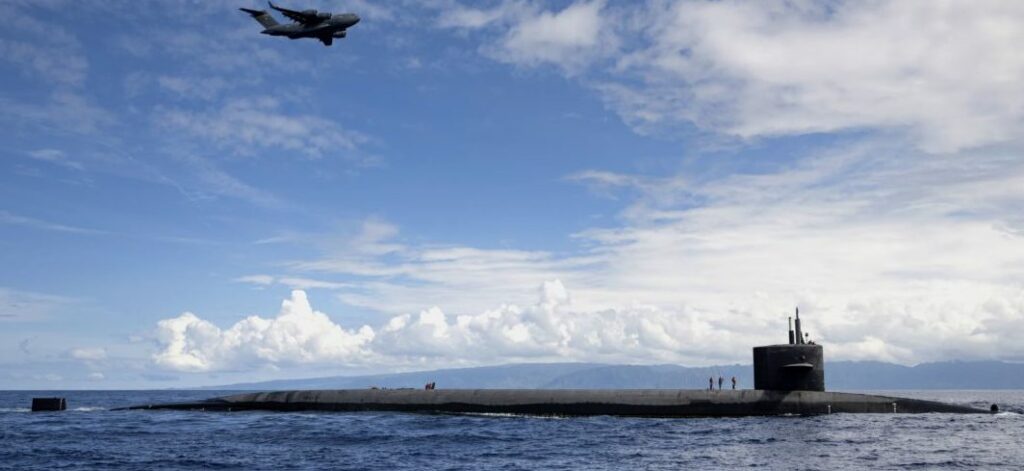
America’s ballistic missile submarines can stay submerged and hidden from prying eyes for up to three full months at a time, but what happens when one of these vessels needs to be resupplied while out at sea? As a recent video released by the U.S. Navy shows, there are a number of resupply options available to these clandestine war machines, ranging from small drones to massive cargo aircraft.
“We don’t need to send them fuel, but sometimes we do need to send them [food], sometimes we do need to get them some parts to keep them at sea,” Commander of Submarine Force Pacific Rear Adm. Blake Converse said this week at the Naval Submarine League’s annual symposium.
“Our submarines are very reliable and can carry quite a bit of food, but this further extends the range of those submarines. And that was hugely mission-enhancing for the BN force.”
Related: DARPA’S NEWEST SUB-HUNTING WEAPON IS… SHRIMP
The United States maintains 14 nuclear-powered Ohio-class ballistic missile submarines to serve as the sea-based leg of America’s nuclear triad. These subs serve alongside the triad’s airborne leg (bombers like the B-52 and B-2) and the land-based leg comprised of intercontinental ballistic missiles. Both Russia and China employ nuclear triads of their own, using similar methodologies.
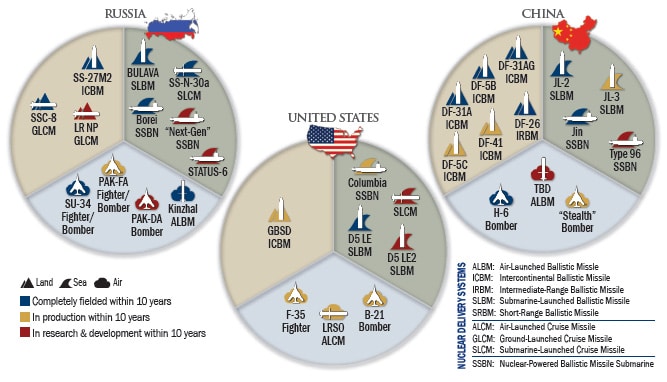
As a part of the nuclear triad, these submarines need to stay at sea for extended periods of time, ensuring America’s sea-based nuclear deterrent remains viable. However, since they can only store around 90-days worth of food on board at a time, the submarines sometimes need to be resupplied while out on the open sea. If a large scale conflict were to break out with a near-peer and nuclear-capable adversary like China, these submarines would serve as an essential bit of posturing, ensuring China doesn’t launch a nuclear strike against the United States through the nuclear doctrine of Mutually Assured Destruction, or MAD.
The premise behind MAD is simple: America’s nuclear triad ensures that no nuclear attack could completely annihilate all three methods of nuclear weapon delivery available to the United States. That certainty means a nation planning a first-strike nuclear attack can rest assured that America will respond with its own nuclear weapons in kind. MAD is effectively a promise between opposing nations that says: If we go, you go with us. That’s why America’s ballistic missile submarines have adopted the not-so-funny nickname of Boomers.

(U.S. Navy photo by Mass Communication Specialist 2nd Class Thomas Gooley/Released)
In order to keep these submarines well-stocked while at sea, the U.S. Navy tested delivering supplies from four different airborne platforms. First, a U.S. Navy Sailor controlled a small quad-rotor drone that could deliver small items or pieces of equipment to a surfaced sub. Then, a U.S. Navy MH-60 Seahawk delivered a slightly larger payload, before a U.S. Marine Corps MV-22B Osprey came in with another. Finally, a U.S. Air Force C-17 Globemaster airdropped another delivery as it flew overhead.

Related: PEPSI NAVY: WHEN THE SOVIETS TRADED WARSHIPS FOR SOFT DRINKS
“That was specifically with our strategic forces, and the purpose of that was to exercise our ability to maintain our ballistic missile submarines at sea and fully ready,” Rear Adm. Converse explained.
“Whether it be a small part delivered by a UAV, if it maintains the submarine fully operational because it fixes their atmospheric control system or weapons system; or whether it be a resupply of food or other logistics or medical capabilities that they need to continue on their mission – we exercised those things to demonstrate the ability to keep our submarines at sea.”
Read more from Sandboxx News:
- Navy buys more Virginia-class fast-attack submarines
- DoD map shows Russian and Chinese subs are too close for comfort
- How Colombia’s drug cartels almost bought a Soviet submarine
- AN-1: America’s plan for submarine aircraft carriers
- Dynamic Manta 21: Taking anti-submarine warfare to the next level
This article was originally published 11/20/2020
Related Posts
Sandboxx News Merch
-
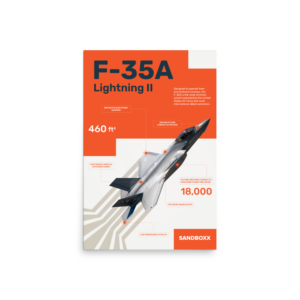
F-35 ‘Lightning’ Poster
$22.00 – $28.00 Select options This product has multiple variants. The options may be chosen on the product page -

F-35 ‘Evolution’ Poster
$22.00 – $28.00 Select options This product has multiple variants. The options may be chosen on the product page -
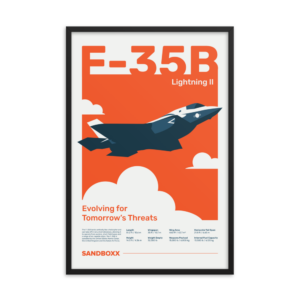
F-35 ‘Evolution’ Framed Poster
$45.00 – $111.00 Select options This product has multiple variants. The options may be chosen on the product page

Alex Hollings
Alex Hollings is a writer, dad, and Marine veteran.
Related to: Military Affairs

The A-12 Avenger II would’ve been America’s first real ‘stealth fighter’
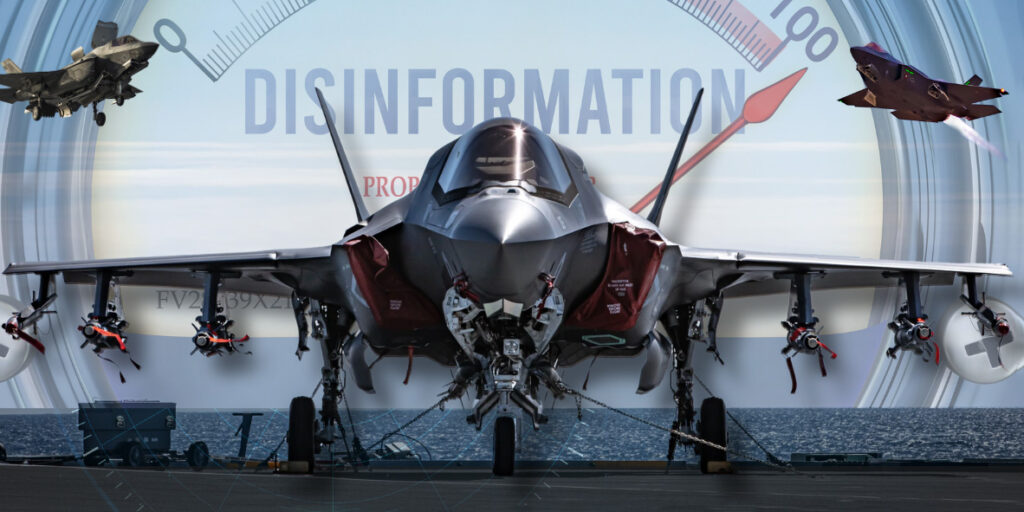
Why media coverage of the F-35 repeatedly misses the mark

It took more than stealth to make the F-117 Nighthawk a combat legend
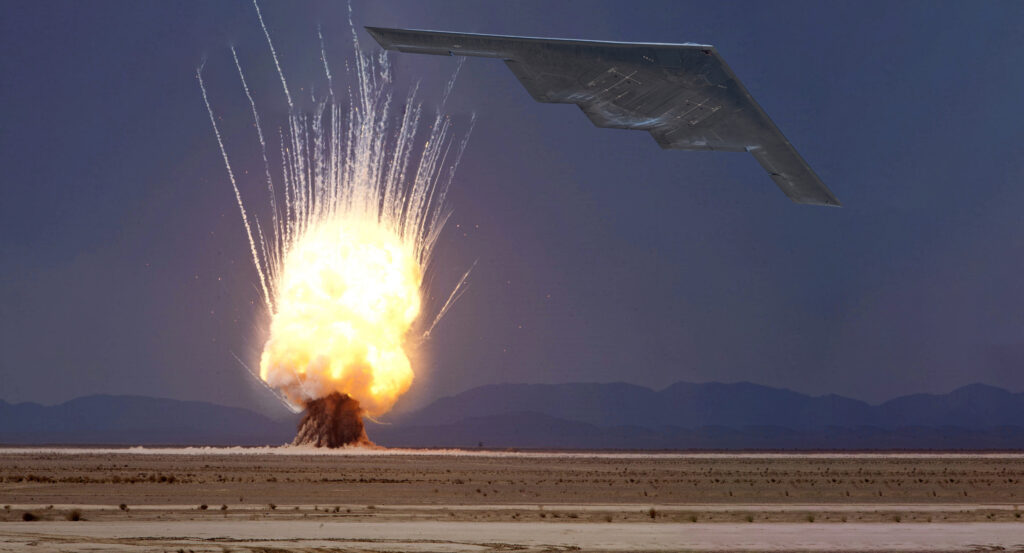
B-2 strikes in Yemen were a 30,000-pound warning to Iran
Sandboxx News
-

‘Sandboxx News’ Trucker Cap
$27.00 Select options This product has multiple variants. The options may be chosen on the product page -

‘AirPower’ Classic Hoodie
$46.00 – $48.00 Select options This product has multiple variants. The options may be chosen on the product page -

‘AirPower’ Golf Rope Hat
$31.00 Select options This product has multiple variants. The options may be chosen on the product page -

‘Sandboxx News’ Dad Hat
$27.00 Select options This product has multiple variants. The options may be chosen on the product page
